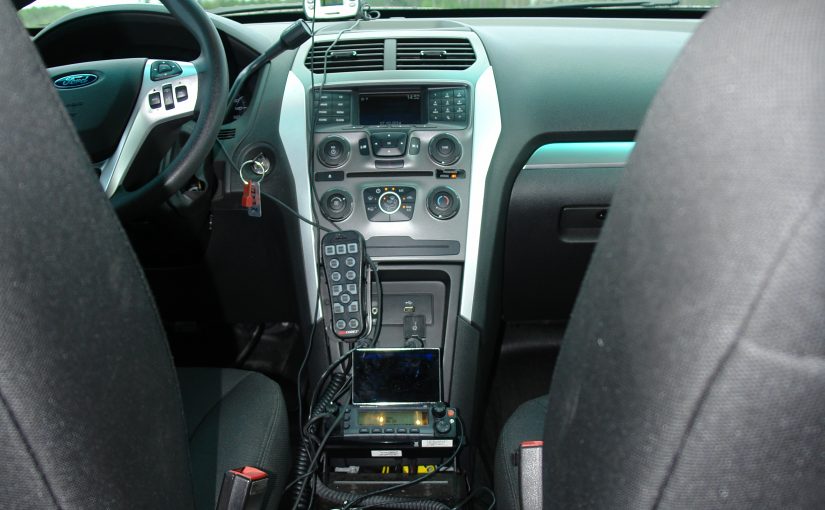
Share
The National Incident-Based Reporting System (NIBRS) is the Federal Bureau of Investigation’s (FBI’s) system for collecting and compiling crime data from across the United States. More detailed th...

Share
As the world has become increasingly wired, and now wireless, it is only natural that transnational organized crime (TOC) has moved into the digital age. The use of sophisticated information systems i...

Share
For more than 30 years, law enforcement has relied on the Precision Immobilization Technique (PIT) to disable fleeing vehicles and to remove aggressor vehicles from motorcades or convoys. When conduct...
Share
Preventing crime, securing public safety in fair and lawful ways, and building public confidence and trust in the police, should be core missions of law enforcement in democratic societies. To achiev...
Share
In 2011, the City of Stockton, California, found itself in an unenviable position. Despite the diligent efforts of the short-staffed but dedicated department, it was ranked the second most violent cit...

Share
Consider the following scenario:
A uniformed patrol supervisor for a police department is confronted with several important issues simultaneously: a possible toxic waste spill; a missing teenager; ...

Share
Every city wants to be a “smart” city. But will smart cities be safer? Will they have less crime, better law enforcement, and an improved quality of life for their residents?
Commercial companies...

Share
Virtual dispatcher? That will never happen… or will it? The phrase “artificial intelligence” usually conjures up movie images of cyborgs taking over the Earth or supercomputers monitoring every ...



